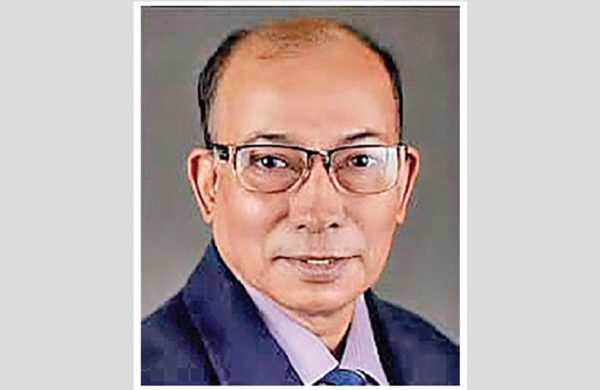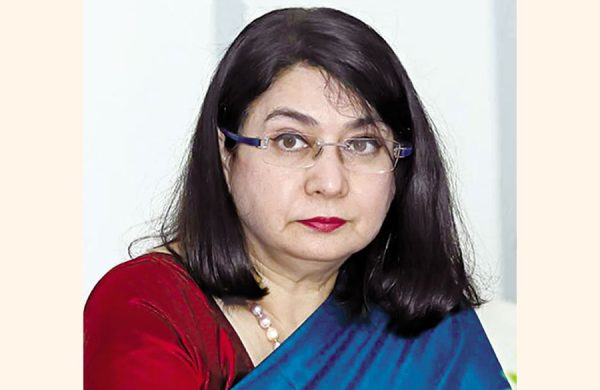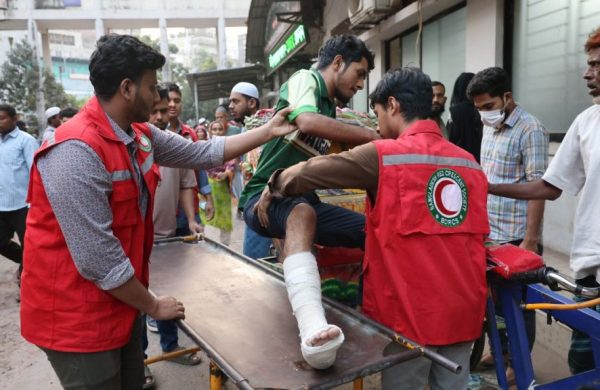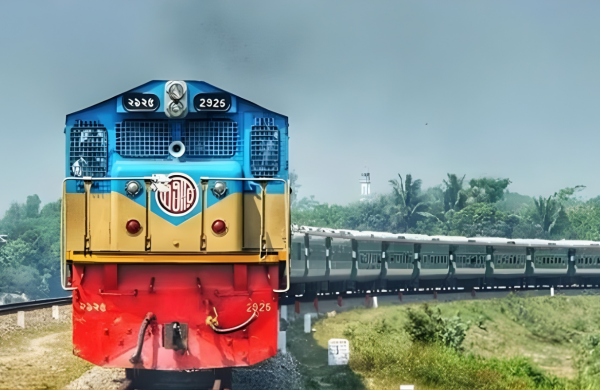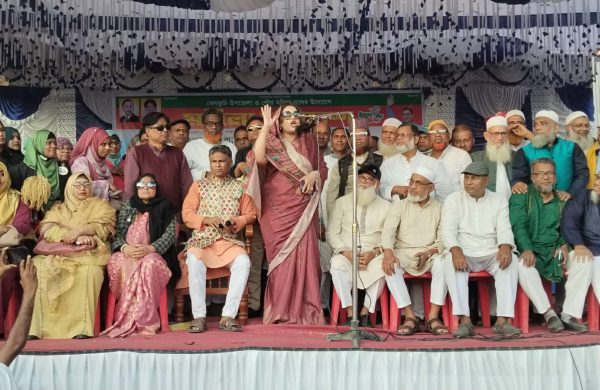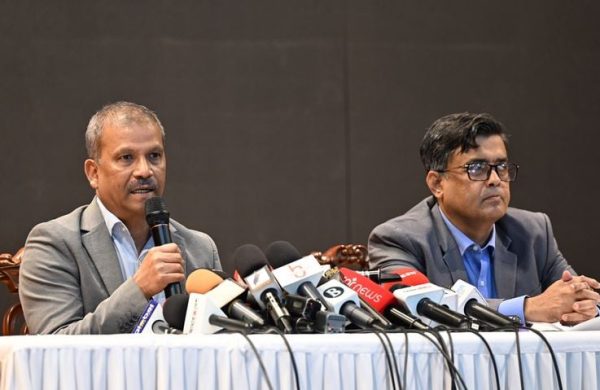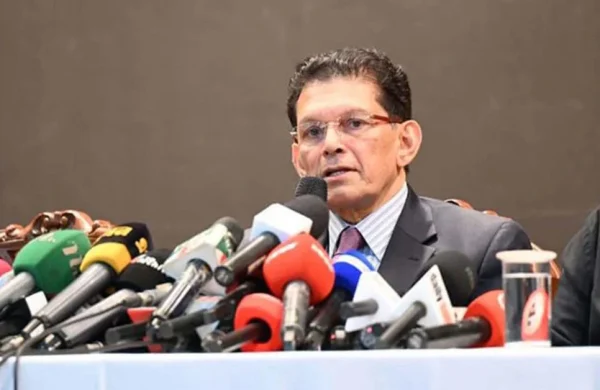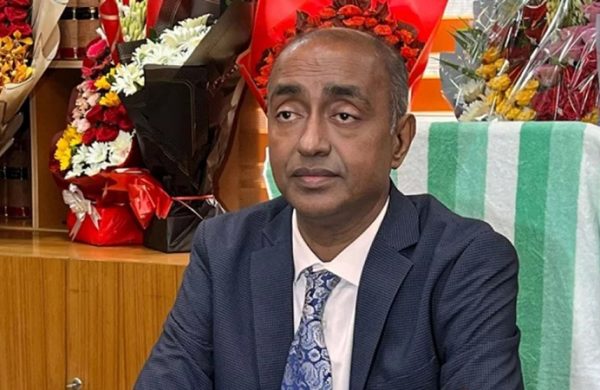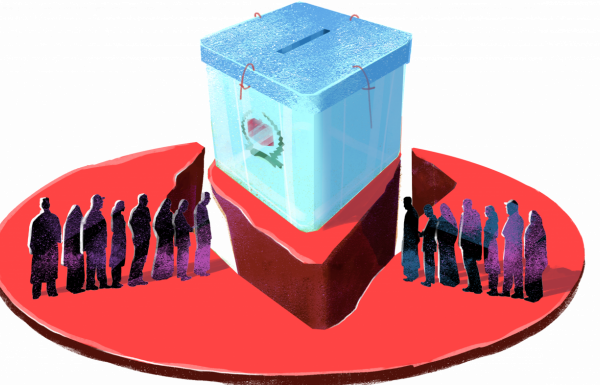Bangladesh’s farmers at the frontline of global warming
- Update Time : Friday, October 17, 2025
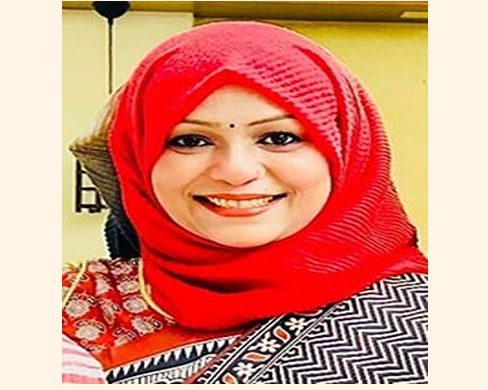
—Dr Shahrina Akhtar—
Climate change is no longer a distant threat; it has arrived in the fields, reshaping life for millions of farmers worldwide. From California’s parched valleys to Bangladesh’s flood-prone plains, agriculture is now on the frontlines. The IPCC warns that global crop yields could drop by 10-25% by 2050, putting over 800 million people at risk of hunger. With the planet already 1.1°C warmer than pre-industrial levels and heading toward 1.5°C within a decade, even a single degree rise could cut wheat and rice yields by 6-10%, while floods and droughts grow ever more extreme.
In Bangladesh, the impacts are stark: erratic monsoons submerge fields, saline intrusion turns fertile lands barren, and pest outbreaks devastate crops. Yet amidst these challenges, farmers are adapting with ingenuity, from floating gardens in haors to drought-tolerant crops in Rajshahi. The message is clear: the climate crisis is not waiting, and neither can we. Solutions must be bold, immediate, and farmer-centered to turn vulnerability into resilience.
Bangladesh’s Greenhouse Burden: Bangladesh sits at the intersection of low emissions and high vulnerability. Despite contributing almost nothing to the global climate crisis, it faces some of its harshest consequences, rising temperatures, salinity intrusion, erratic rainfall, and devastating floods that threaten both livelihoods and food security. The country contributes less than 0.4% of global greenhouse gas (GHG) emissions yet consistently ranks among the top 10 most climate-vulnerable nations on the Global Climate Risk Index. This paradox, low emitter, high sufferer, defines Bangladesh’s climate reality.
Within its domestic emission profile, agriculture, forestry, and land use, collectively known as AFOLU, remain key contributors. In 2012, AFOLU accounted for 27.35% of Bangladesh’s total GHG emissions. Updated data from the 2021 National GHG Inventory show that the share has dropped to 13.44%, largely due to improved reporting under the national Measurement, Reporting, and Verification (MRV) system and changes in land use. However, total emissions continue to inch upward, from 262.3 million tonnes of CO equivalent in 2022 to 263.6 million tonnes in 2023, reflecting the pressures of population growth, energy demand, and food production needs.
Yet these emissions are a consequence of survival, not excess. Methane from rice paddies, livestock, and nitrous oxide from fertilizers stem from subsistence farming, feeding a nation, not fueling consumption. Agriculture here is not an industrial polluter but a lifeline. Bangladesh’s soil sustains millions, even as it bears the burden of a crisis it did not create, a nation trapped between feeding its people and fighting a global problem not of its making.
The Price Trap: Behind every bowl of rice lies a quiet injustice. Smallholder farmers, who produce nearly 80% of the nation’s food, often earn less than it costs them to grow it. Consider Boro rice, Bangladesh’s most widely cultivated crop. Farmers spend Tk 22-25 per kilogram to produce it, but market prices at harvest often sink to Tk 15-16. Math leaves farmers with debt instead of dividends.
Middlemen dominate the value chain, capturing profits while producers lose hope. According to the Bangladesh Bureau of Statistics, nearly 48% of farmers live below the national poverty line. With limited storage, no market data, and minimal bargaining power, they sell cheap or perish. As one farmer from Pabna lamented, “We feed the nation, but we cannot feed our own children three meals a day.” It’s not just an economic imbalance, it’s an erosion of dignity.
Innovation in the Soil: Bangladesh’s farmers are not passive victims of climate crises, they are pioneers of resilience. In flood-prone haor areas, floating gardens made from water hyacinth and bamboo produce up to 25 tonnes of vegetables per hectare, even amid monsoon floods. In salinity-affected Satkhira and Khulna, climate-tolerant rice varieties like BRRI dhan67, Binadhan-10, and BRRI dhan97 are restoring barren lands.
Meanwhile, in drought-hit Rajshahi, drip irrigation and resilient crops such as mungbean and sorghum have reduced water use by 30-40%. Institutions like BARI, BRRI, and BRAC drive these innovations, but national policies, financing, and training are crucial to scale resilience beyond local success stories.
Equally vital is tackling post-harvest losses that claim 20-30% of perishables. Cold storage, solar dryers, and small-scale food processing, turning tomatoes into ketchup or mangoes into pulp, can add value and generate rural jobs. Yet, finance remains the foundation. As climate shocks increase, access to flexible credit, crop insurance, and microfinance tailored to agri-risks must expand. Financial inclusion is not just support, it is oxygen for a climate-smart, entrepreneurial farming future.
Policy Roots for a Fairer Future: Bangladesh’s National Adaptation Plan (2023-2050) and Delta Plan 2100 offer visionary blueprints, but real transformation depends on execution that truly centers farmers. Policy priorities must shift from mere productivity to shared prosperity, ensuring that growth translates into dignity and stability for rural lives.
Today, Bangladesh stands not just at Greenhouse Ground Zero, but at the dawn of a new era, where agriculture grows smarter, fairer, and deeply resilient. The seeds of tomorrow are already sown in the courage of its farmers. What we need now is the collective conviction to let those seeds grow, into a future worthy of their struggle and spirit.
———————————————————————————-
The writer is a National Consultant, Bangladesh of ICCAP Project, APRACA


